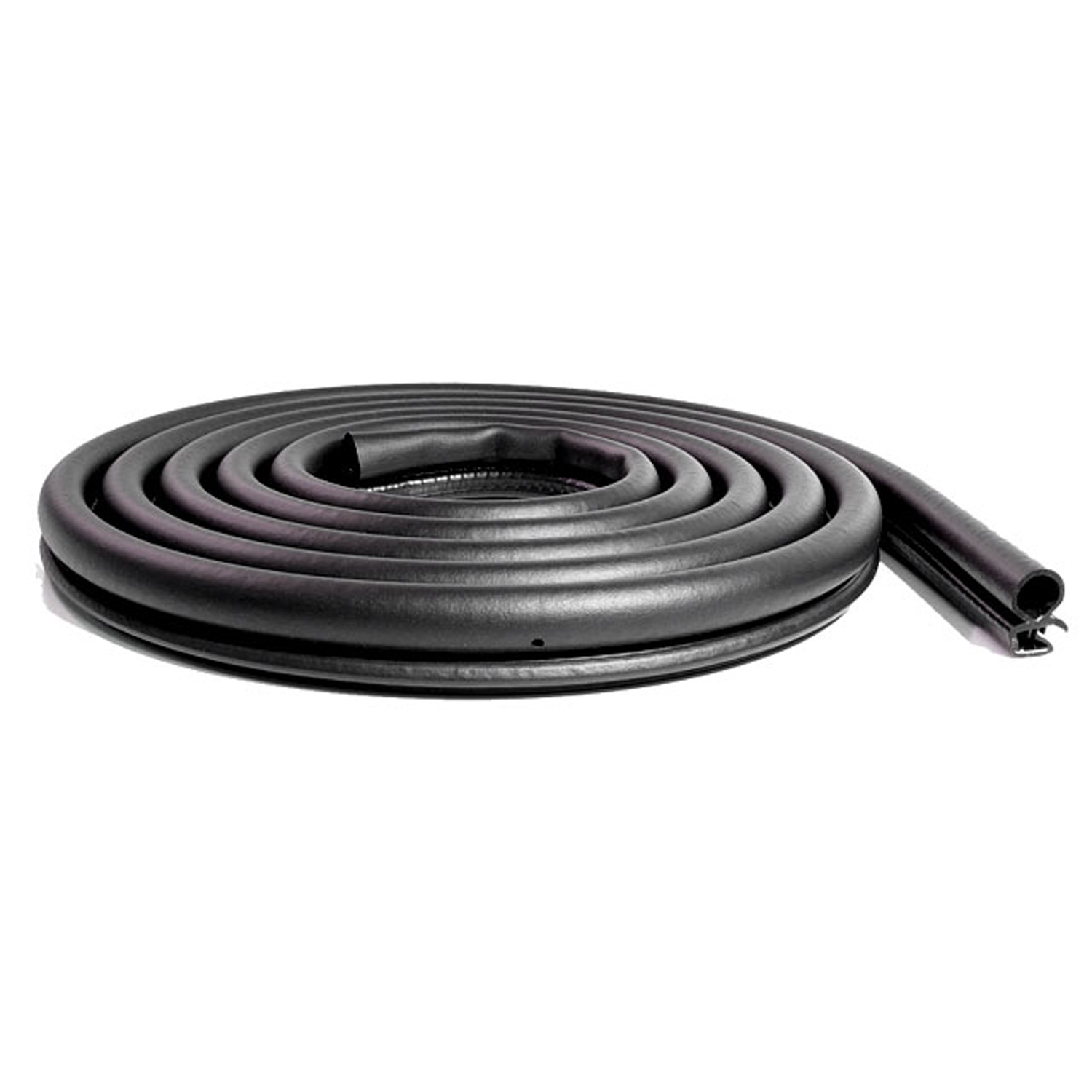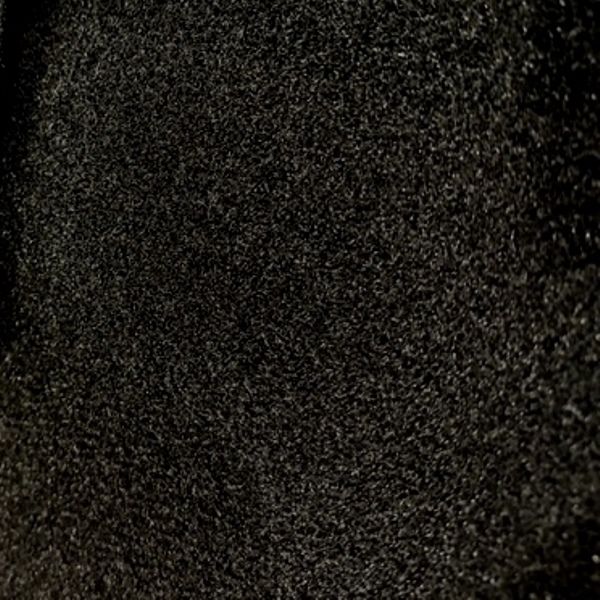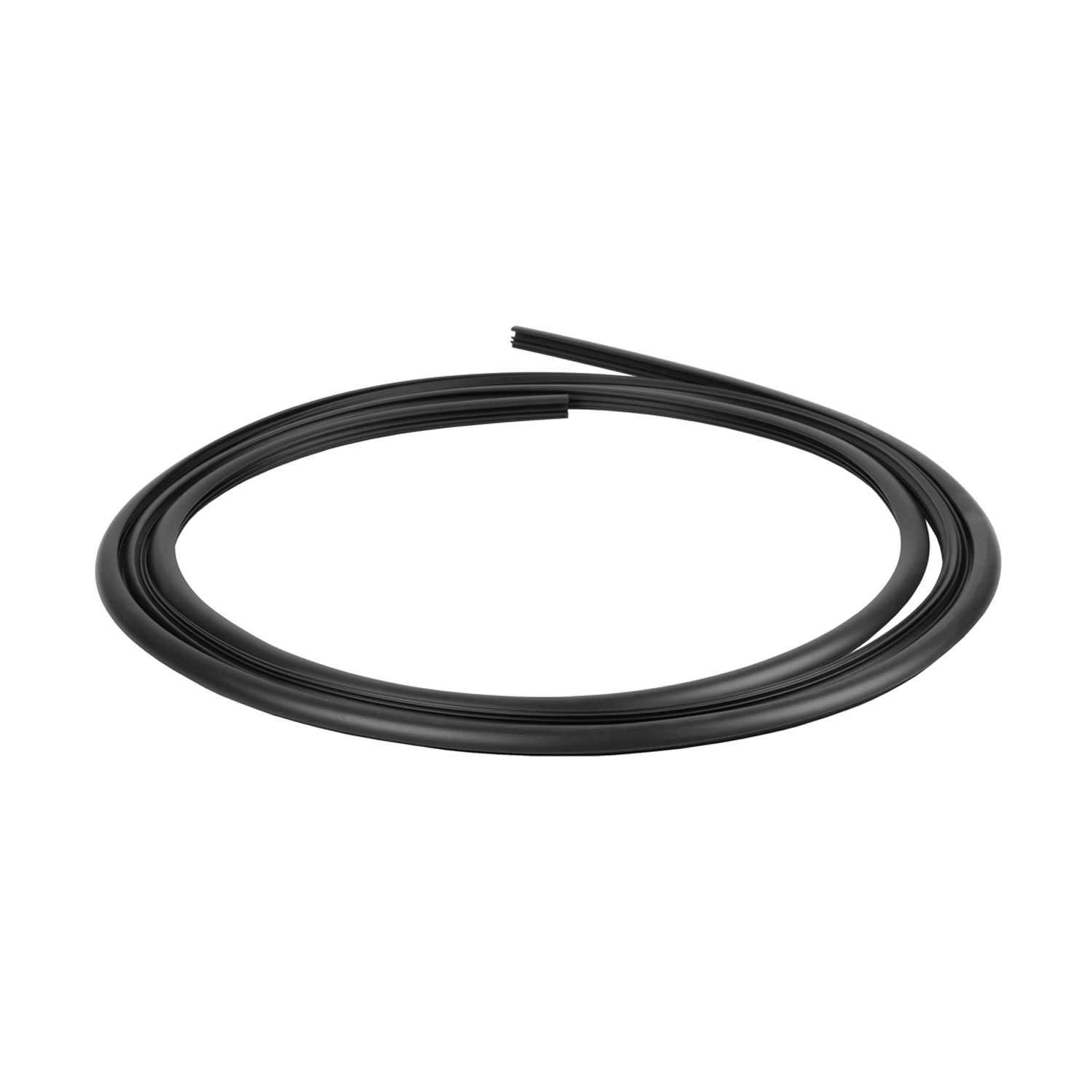Image of 1986 Chevrolet Cavalier, Note: These illustrations use artistic license and may differ from actual historical models.
Performance Metrics
Fundamental Metrics
Emotional Appeal
MMP Rating
| Engine Specifications | |
|---|---|
| Engine Options: | 2.0L 4-cylinder, 2.8L V6 |
| Displacement Range: | 2.0L - 2.8L |
| Horsepower Range: | 88-130 HP |
| Torque: | 125-145 lb-ft |
| Compression Ratio: | 8.5:1 - 9.0:1 |
| Ignition System: | Electronic ignition system |
| Cooling System: | Liquid-cooled |
| Performance Specifications | |
| 0-60 Time: | 10-12 seconds |
| 1/4 Mile Time: | 17-18 seconds |
| Top Speed: | 105-110 mph |
| Transmission and Drive | |
| Drive Type: | Front-wheel drive |
| Transmission Type: | 3-speed automatic, 4-speed manual, 5-speed manual |
| Fuel and Efficiency | |
| Fuel System Type: | Fuel injection |
| MPG: | 22 city / 34 highway |
| Dimensions and Brakes | |
| Brakes: | Front disc / rear drum |
| Wheelbase: | 101.2 inches |
| Weight: | 2,400-2,600 lbs |
Note: Specifications for classic cars are given to the best of our ability, considering the limited and variant data available.
1986 Chevrolet Cavalier: An Emblem of American Compact Cars
The 1986 Chevrolet Cavalier stands as a testament to the era of booming American automotive ingenuity, capturing the essence of practicality and affordability in a compact package. Born from the stables of General Motors, this car was Chevrolet's answer to the growing demand for fuel-efficient vehicles during a time when consumers were still reeling from the oil crises of the 1970s. The Cavalier was not just another vehicle on the road; it was a symbol of transition in the automotive world, where efficiency began to take precedence over sheer power. A notable moment in its history was when it became one of the best-selling cars in America, reflecting its widespread appeal.
Design and Innovation
The exterior styling of the 1986 Cavalier was clean and unpretentious, with a boxy yet functional design that was typical of the decade. Its interior was straightforward, with an emphasis on ergonomics over luxury. Materials used ranged from durable plastics to simple fabrics, catering to a market that valued practicality. Technological features were modest but included necessities like electronic fuel injection, which was becoming standard at the time. Color options varied widely, with choices like Apple Red and Midnight Black being among the popular picks. The Cavalier came in several body styles including coupe, sedan, convertible, and wagon, with the convertible often stealing hearts for its open-air driving experience.
Historical Significance
The Cavalier's impact on automotive design was subtle yet significant. It helped cement the notion that compact cars could be stylish and desirable. Its front-wheel-drive layout set a precedent for American sedans that followed, prioritizing interior space efficiency and fuel economy. The Cavalier's success also pushed competitors to improve their offerings, which led to advancements across the industry.
Performance and Handling
Performance-wise, the 1986 Cavalier offered modest figures; its top speed and acceleration (0-60 mph) were adequate for daily commuting but not built for speed enthusiasts. Handling was competent for its class, absorbing bumps reasonably well while maintaining stability in windy conditions. Behind the wheel, drivers found a straightforward experience – no frills or thrills but a reliable ride that got them from point A to B with minimal fuss.
Ownership Experience
As a daily driver, the 1986 Chevrolet Cavalier excelled in reliability and cost-effectiveness. Maintenance was generally straightforward, making it an accessible car for owners without deep mechanical knowledge. Parts were readily available due to its popularity, further easing the ownership experience.
Fun Facts
In terms of trivia, some Cavaliers found their way into rental fleets and even police service in certain municipalities – a testament to their versatility and durability. While not known for setting speed records or being particularly rare, their ubiquity itself became a defining characteristic.
Collector's Information
Today, finding a 1986 Chevrolet Cavalier in pristine condition can be challenging but not impossible. Production numbers were high as it was a mass-market vehicle. As for value range, well-preserved models can fetch anywhere from a few thousand dollars up to perhaps five figures depending on condition and originality – though this is highly variable. The market trend shows more appreciation for '80s vehicles recently, so values could be on an upward trajectory.
Conclusion
The 1986 Chevrolet Cavalier may not have been the flashiest or fastest car of its time, but it played an integral role in shaping consumer expectations for compact vehicles and remains an interesting chapter in automotive history for enthusiasts and collectors alike.
1986 Chevrolet Cavalier Catalog of Parts
 1986 Chevrolet Cavalier Extruded door seal (imported). Universal replacement part-IS-MW00100Extruded door seal (imported). Universal replacement part. Made with flexible steel core. Fits front or rear and either side on passenger doors. Does not fit slider/cargo doors and liftgates on vans and mini-vans. 1-3/16 in. X 3/4 in. X 13 ft. 4 in. Each.
1986 Chevrolet Cavalier Extruded door seal (imported). Universal replacement part-IS-MW00100Extruded door seal (imported). Universal replacement part. Made with flexible steel core. Fits front or rear and either side on passenger doors. Does not fit slider/cargo doors and liftgates on vans and mini-vans. 1-3/16 in. X 3/4 in. X 13 ft. 4 in. Each. 1986 Chevrolet Cavalier Trunk Liner. Loose weave, jet black. 50" wide-M 30Trunk Liner. Loose weave, jet black. 50" wide. Sold by the foot
1986 Chevrolet Cavalier Trunk Liner. Loose weave, jet black. 50" wide-M 30Trunk Liner. Loose weave, jet black. 50" wide. Sold by the foot 1986 Chevrolet Cavalier Windshield Reveal Molding, 82-92 GM F, 82-88 GM A, 82-89 GM J, 85-91 GM N Bodies-VWS 1967-LWindshield Reveal Molding, 82-92 GM F, 82-88 GM A, 82-89 GM J, 85-91 GM N Bodies, Each.
1986 Chevrolet Cavalier Windshield Reveal Molding, 82-92 GM F, 82-88 GM A, 82-89 GM J, 85-91 GM N Bodies-VWS 1967-LWindshield Reveal Molding, 82-92 GM F, 82-88 GM A, 82-89 GM J, 85-91 GM N Bodies, Each.Why Choose Metro?
For over 100 years, Metro Moulded Parts has been the pinnacle of quality in classic car restoration parts. Our commitment to precision and authenticity in every component ensures a perfect fit and an OEM-level appearance.
- Expert Craftsmanship & Quality: Each part is a testament to our dedication to reliability and perfection, crafted from original designs and thoroughly tested.
- Advanced Technology: We use cutting-edge techniques to create flawless, long-lasting parts that surpass others in performance.
- SuperSoft Sponge – The Ultimate Door Seal: Not only are our door seals 30% softer than competitors', but they're also guaranteed to never leak. They effectively reduce wind and road noise, enhancing your classic car's comfort and driving experience.
- Proudly American: Our parts are a product of American craftsmanship, made in the USA with a spirit of excellence and heritage.
- Unrivaled Warranty: We back our products with a 30-year industry-leading warranty, a testament to our confidence in their quality.
Join us in preserving the legacy of classic cars with parts that are crafted for perfection, not just made.

